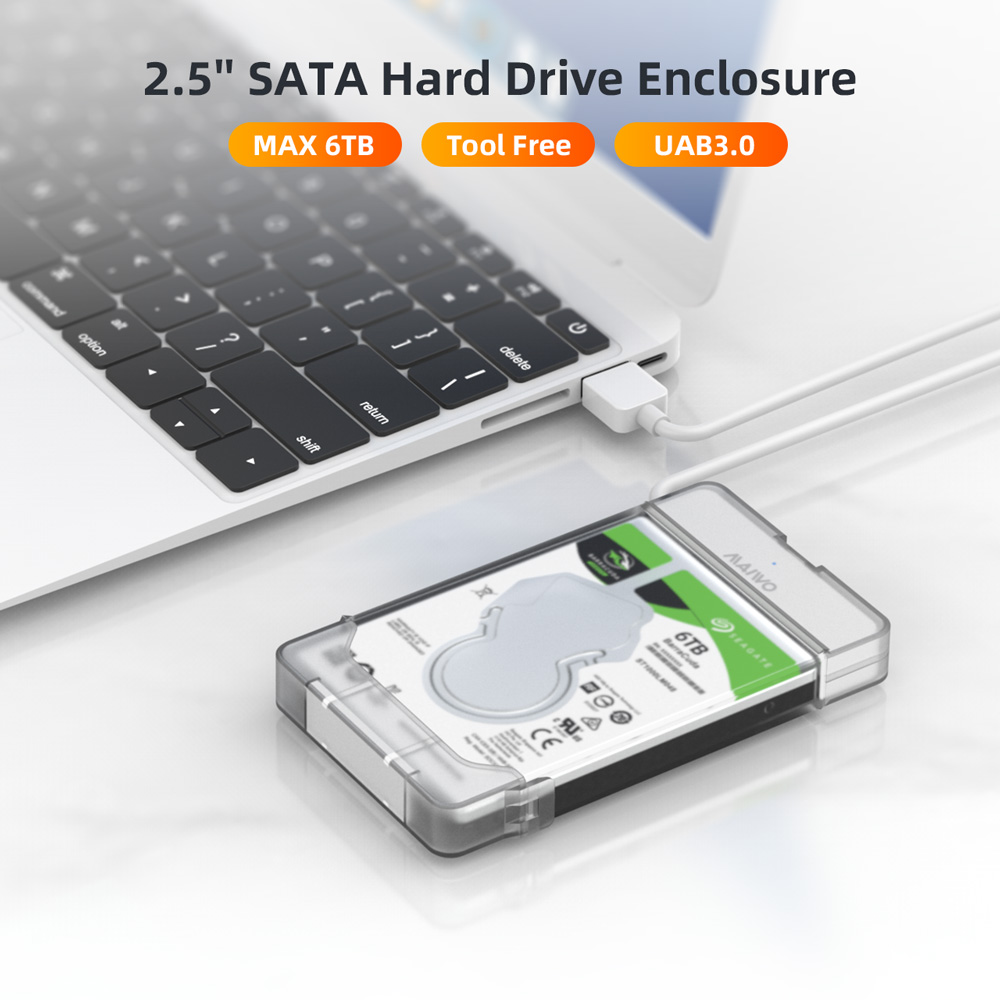When it comes to computer storage, acronyms such as SATA and HDD are commonly used. However, it is important to understand that SATA and HDD are not the same thing. Let's dive deeper into their features, functionality, and differences.
SATA stands for Serial Advanced Technology Attachment. It is a computer bus interface that connects host systems to mass storage devices like hard disk drives (HDDs), solid-state drives (SSDs), and optical drives. SATA was introduced as a replacement for the older Parallel ATA (PATA) interface.
HDD stands for Hard Disk Drive. It is a common type of data storage device that uses magnetic storage to store and retrieve digital information. A typical HDD consists of one or more rotating disks coated with magnetic material, called platters. An actuator arm with read/write heads moves over the rotating disks to read and write data.
SATA is a technology used to connect HDDs to computer systems. It acts as the communication pathway between the storage device and the motherboard. SATA supports different data transfer speeds, such as 1.5 Gbps, 3 Gbps, and 6 Gbps, allowing for faster and more efficient data transfer between the HDD and the computer.

Although SATA and HDD are related, they refer to different aspects of computer storage:
1. Function: SATA is the interface that facilitates the transfer of data between the HDD and the computer, whereas HDD refers to the physical storage device itself.
2. Technology: SATA is a technology, whereas HDD is a type of storage device that can use the SATA interface. HDDs can also use other interfaces, such as PATA or SCSI.
3. Variants: SATA has evolved over the years, with different versions like SATA 1, SATA 2, and SATA 3. On the other hand, HDDs come in various capacities and rotational speeds (RPMs), but the technology behind their functioning remains the same.
SATA and HDD are distinct entities in the world of computer storage. SATA serves as the interface that connects storage devices like HDDs to host systems, allowing for efficient data transfer. HDDs, on the other hand, are physical storage devices that utilize various interfaces, including SATA. Understanding the differences and relationship between SATA and HDD is crucial for making informed decisions when it comes to computer storage options.